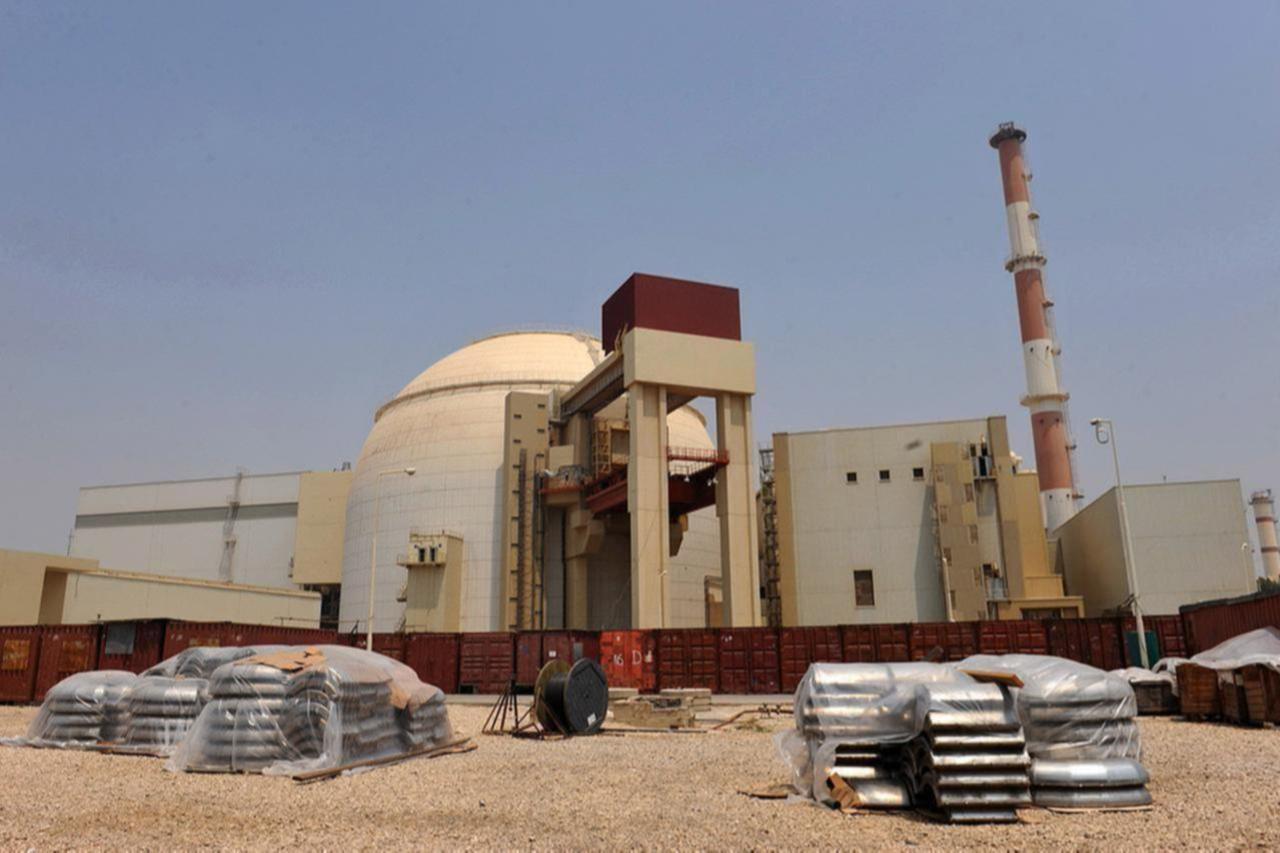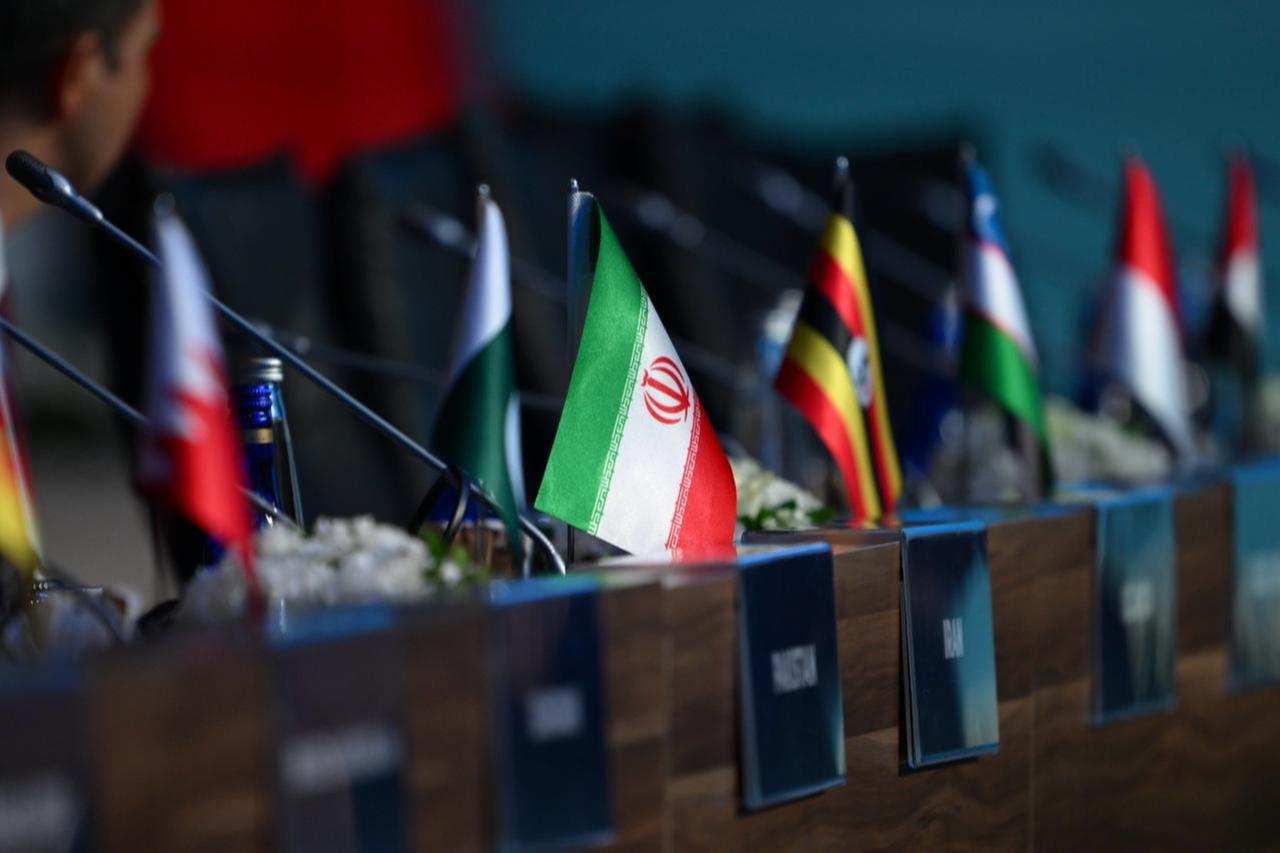
Iran and Russia signed an executive agreement Friday to build four third-generation advanced nuclear power units worth $25 billion in southern Iran, the state-run IRNA news agency reported.
The agreement, signed at Iran’s pavilion during the Atom Expo 2025 exhibition in Moscow, follows a memorandum of understanding earlier this week between Iranian Vice President Mohammad Eslami and Rosatom Director General Alexey Likhachev on expanding nuclear cooperation.
Officials said the deal reflects both countries’ commitment to “developing joint cooperation in the peaceful use of nuclear energy.”
The project will be carried out on a 500-hectare site in Kouhestak in Hormozgan Province, southeast Iran. Each of the four planned units will have a capacity of 1,255 megawatts, for a total of 5,020 megawatts (MW) of electricity generation.
Iran currently operates only one nuclear power plant—the 1,000-MW facility in Bushehr, also built with Russian assistance—which provides just a fraction of the country’s energy needs.

The deal comes as so-called snapback sanctions against Iran, triggered by Britain, France and Germany under the 2015 nuclear accord, are set to be reimposed Saturday. The European parties accuse Tehran of failing to honor its commitments.
At the U.N. Security Council on Friday, China and Russia proposed a resolution to allow another six months for negotiations, though diplomats said it was unlikely to pass.
Western powers have long accused Iran of seeking nuclear weapons—charges Tehran denies, insisting its program is strictly civilian.
The U.S. withdrew from the 2015 nuclear accord in 2018, prompting Iran to scale back its commitments. Efforts to revive talks collapsed after unprecedented Israeli strikes on Iran in June sparked a 12-day war that briefly drew in the United States.
The signing ceremony coincided with World Atom Week, marking the 80th anniversary of Russia’s nuclear industry. Moscow describes it as the year’s largest international gathering for the sector.
The expo featured pavilions from Iran, Russia, China, Belarus, Kazakhstan, Uzbekistan and international organizations, highlighting peaceful nuclear achievements. Iran inaugurated its pavilion Thursday with Eslami in attendance, drawing wide interest.
Later, the World Atom Assembly convened with Russian President Vladimir Putin, Eslami and senior officials from more than 100 countries and organizations.
Iran and Russia previously signed a nuclear cooperation deal in 1993 that enabled completion of the Bushehr plant, after Germany abandoned the project following Iran’s 1979 Islamic Revolution.